One of the most mysterious and little-studied mushrooms of Russian forests is considered to be a fungus mushroom. The main feature of this species is its growth on trees and the unusual shape of the fruit part. Experts recommend carefully studying the appearance and characteristics of the mushroom before putting it in the basket, as some varieties of the mushroom are poisonous. Despite this, it is often used in traditional medicine and cooking. Today, the concept of “tinder fungus” is considered to be related to morphology, not taxonomy.
Content
Characteristic features of fungus fungus
The main feature is considered to be growth not in the substrate, but on deciduous trees, closer to the root. They can also often be seen on stumps. The species includes not only edible, but also poisonous fruits, which must be distinguished. Edible species grow mainly in mixed forests.
Despite the fact that the fungus tinder fungus is classified as a parasitic species, many representatives have useful and medicinal properties, which is why they are widespread in folk medicine. A photo and a detailed description will help to understand the diversity and main features of the most common types.
Appearance, structure and photo
The fungus belongs to saprophytes. Like all cap mushrooms it consists of a mycelium and a fruiting body. It is easy to distinguish it from other species, since the fruit part looks peculiar:
- Basically, it has the shape of a hoof, woody in structure.
- The width of the hat is from 5 to 40 cm, and its thickness is 10-20 cm.
- The body is attached to the trunk of the tree with the lateral part.
- The surface of the cap is smooth to the touch, in some subspecies it is covered with a crust, the color of each variety is different. The edges of the hat are fluffy.
- The flesh is dirty yellow in color, solid in consistency, gives a pleasant fruity aroma.
- The lower surface of the fruit part is hymenophore, flat, white or gray.
- The tubular part is represented by layered tubes, the number of which increases every year.
- Each new layer has pores, about 5 mm in diameter, originally white. With age, the pores darken.
Spread
The main morphological features are the color of the cap and the fastening to the tree. Pipes are widespread throughout the temperate zone of Russia - in forests, forest belts, gardens, especially in the European part of the country, Siberia and the Far East, as well as in almost all corners of the world - in Europe, Asia, North Africa, North America.
The nutritional value
Edible species include hepatic, scaly, and sulfur-yellow is conditionally edible.
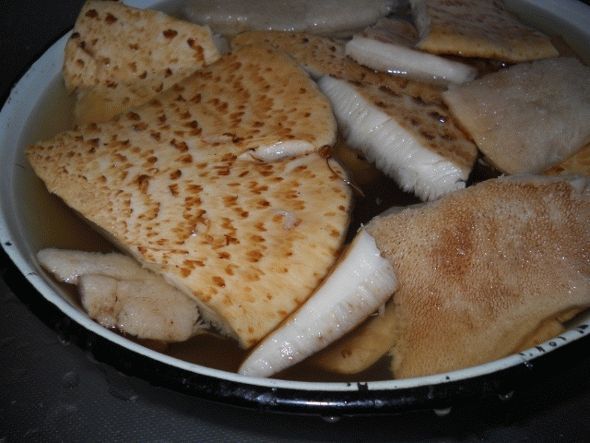
The mushroom is eaten at a young age, because as it ripens, it becomes tough and loses its taste. The fruits can be used for cooking soups, frying, as a seasoning, as well as for medicinal purposes.
Types and their description with photos
The species has a large number of subspecies that must be distinguished, since some of them are poisonous and can be dangerous to human life.
Present
The real tinder is considered the most common. This species belongs to perennial species, and it can be found throughout the year. It is mounted mainly on deciduous trees, such as birch, beech, alder.
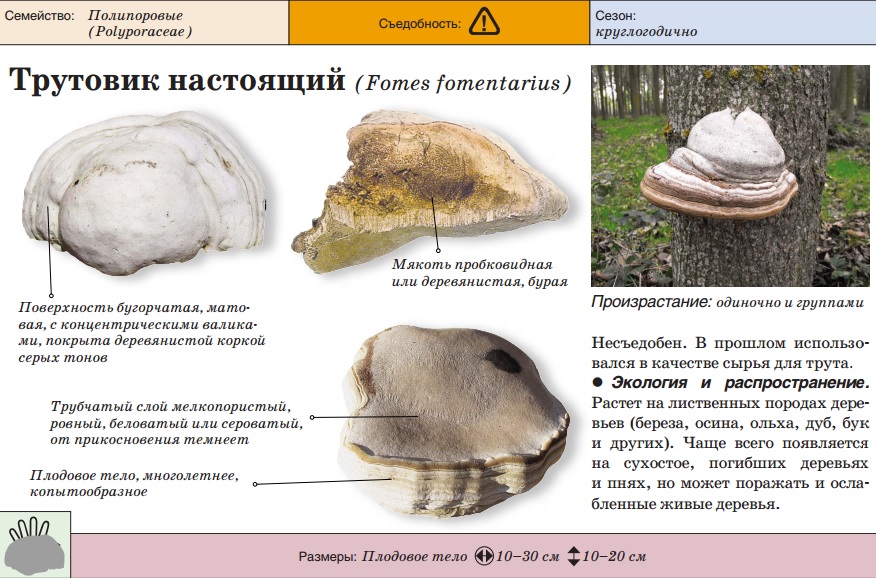
It can also be found on stumps and felled trees.You can meet him most often in the northern hemisphere. Fruit bodies can grow singly or in groups. All members of the Coriolidae family are inedible, and the subspecies Real is no exception.
Birch
Other names for the subspecies are chaga or beveled. This is a widespread annual subspecies that develops under the bark of a tree. The shape of the fruit part of this kind is flat, up to 40 cm in diameter, the color of the growths can be black or brownish with white veins (at first it is lighter, but darkens over time).
The spores are elliptical, first colorless, then brownish yellow. The fungus is formed from hard growths. The surface of the growths is wavy, covered with a crust. In the section, the flesh from dirty yellow to brown, is easily separated from the tubular layer. There is a mushroom in the birch forests of Russia, in Europe, America and Korea.
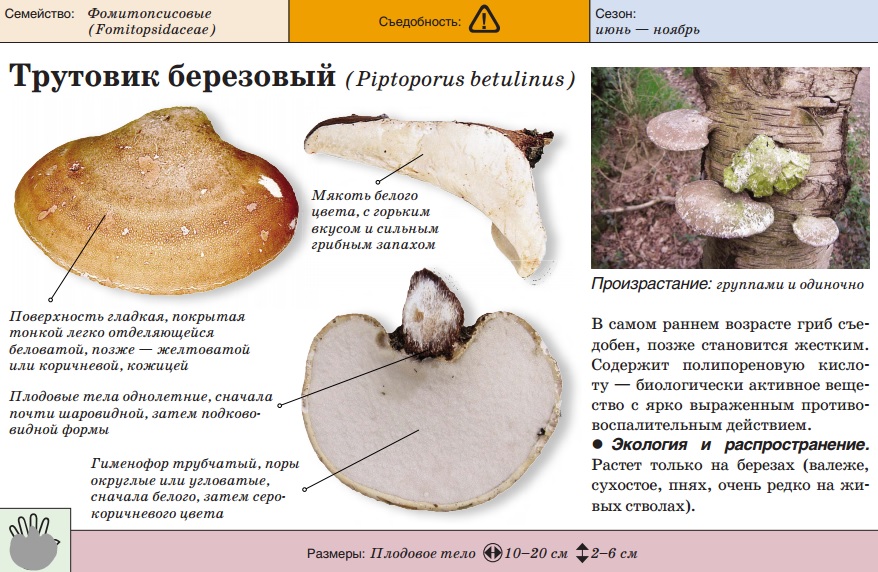
It takes root not only on living trunks of deciduous trees, but also on dead birches. This subspecies provokes the appearance of white mold. For medicinal purposes, it is used in the form of infusions, decoctions as an antitumor and antigastritic agent. Fruits from mid-summer to early winter.
Leafy
This subspecies differs from others in its large size. The fruit part can reach 1 m in diameter, and weight - up to 20 kg. You can find such a mushroom in mid-August, most often on stumps or old trees. Such a representative is quite rare. Small wavy shapeless hats form a large body.
The hat is fleshy, narrowed at the base. The upper part is brown, and the lower surface is represented by small tubes. The pulp is light, with a pleasant aroma. The dimensions of the legs do not exceed 10 cm. This subspecies is edible, therefore it is often used in boiled and fried form.
Another feature of the leafy tinder fungus is its ability to grow rapidly. So, the hat reaches a mass of 10-12 kg in a few weeks. The pulp is always soft and fresh. All parts are edible after thorough heat treatment.
Sulfur yellow
The main feature of this conditionally edible species is the dirty yellow scaly surface of the cap. The mushroom reaches about 30-35 cm in width. The fruit bodies are fleshy, consistently juicy and friable, but brittle.
Large pores can easily be seen on the bottom surface. The tubular part is formed by small pores. The pulp is white, juicy, with a sour aroma. Such a subspecies grows on stumps or conifers, and the peak yield is observed in spring.
Winter
The mushroom has a small hat, up to 10 cm, yellowish in color, the surface of the cap of young organisms can be covered with short villi. Leg is not more than 1 cm in height, the tubular part is white, in dry mushrooms it turns brown.
The pulp is white. The subspecies belongs to saprotrophs and grows on stumps and deciduous trees. They collect it in the fall, and only young, long-boiled hats are considered edible.
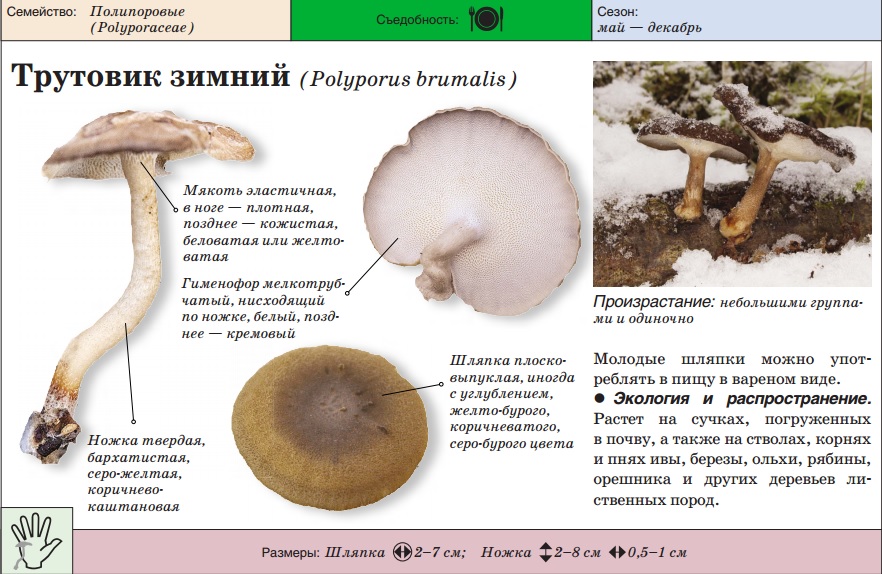
Scaly
The hat of the subspecies reaches 50 cm in diameter, cream-colored, covered with bright brown scales. Leg up to 4 cm in height, dark brown, light tubes. The pulp is milky in color with a pleasant aroma and taste. It grows mainly on fruit and deciduous trees from early summer to September.
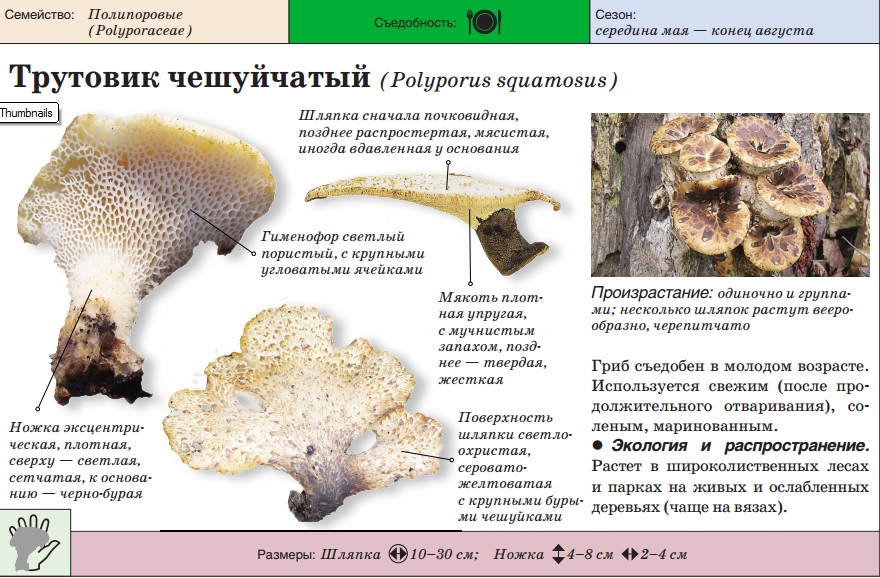
The subspecies is referred to as parasites, since it provokes the appearance of yellow-white rot. All parts are edible, but only young specimens.
Collection rules, medicinal properties, contraindications
Experts recommend picking up tinderpants in the spring, since at this time they accumulate useful substances.It is not recommended to pick old mushrooms, because they may contain harmful substances accumulated from the environment.
The mushroom should be cut from the tree as high as possible. It is not recommended to cut from dry trees or stumps. Separate with a sharp knife or ax. Experienced mushroom pickers recommend going to the gathering on a waning moon according to the lunar calendar.
The birch species has the greatest number of useful properties, which is why it is used for medicinal purposes. However, there are contraindications for the use of such drugs.
Medicines are prepared exclusively from powder. Tinder preparations are used to treat intoxication, which is associated with a high content of agaric acid. Also, beneficial substances contribute to the production of liver enzymes that break down amino acids. Tinctures are also used for more serious diseases, such as tuberculosis or oncology.
In cases of treatment, drugs are taken for several months, with a repeat of treatment 2-3 times a year. It is not recommended to undergo treatment with preparations based on polypore for pregnant and lactating women, children who have not reached 5-6 years, as well as for any allergic diseases.
For the preparation of medicines, chaga is harvested throughout the year, but only from live and healthy trees. From the collected tinderware prepare tinctures. For their preparation use vodka, boiling water or just warm water. Such tinctures are stored in cold places, and preparations are prepared only from powders.
| The form | How to cook | Therapy |
|---|---|---|
| Violation Powder gastrointestinal tract, tissue regeneration |
Dry mushroom grind in a coffee grinder |
Orally 1/3 teaspoon Topically - sprinkle with powder places of skin lesions |
| Tumor decoction |
|
1 tbsp. l three times a day |
| Tincture for sleep disorders |
|
1 tsp. tinctures per hour before going to bed 3 weeks. The product must be dissolved in half a glass of water. |
| Tea to improve memory |
|
Drink like tea |
| Slimming solution | 2.5 g of powder dissolved in 100 ml of water | 2 p. / Day for two months |
| Skin Wound Healing Paste | Powder mixed with baby nourishing cream |
Rub into skin |
| Lotions for the treatment of psoriasis | 100 g of mushroom powder pour 0.5 l boiling water and soak in a warm place for 6 hours. |
Apply a compress to affected areas |
| Infusion for vascular disease |
|
According to 1 tbsp. l thrice a day half an hour before meals |
| A decoction for constipation |
|
According to 2 tbsp. l 4 times |
Recipes and cooking features
With great care you can eat very few types of tinder fungus. After thorough heat treatment, all parts of the scaly, leafy, sulfur-yellow and winter tinder hats are edible. Before cooking, all collected mushrooms must undergo heat treatment in the form of boiling for 40-50 minutes.
The most popular recipe is the preparation of a tinder fungus with onions. To do this, the fruit bodies are cleaned of the skin and soaked in water for several hours, after cooking finely chopped and fried. At the end of the roast add onions and stew for 10-15 minutes. The finished dish is sprinkled with herbs.
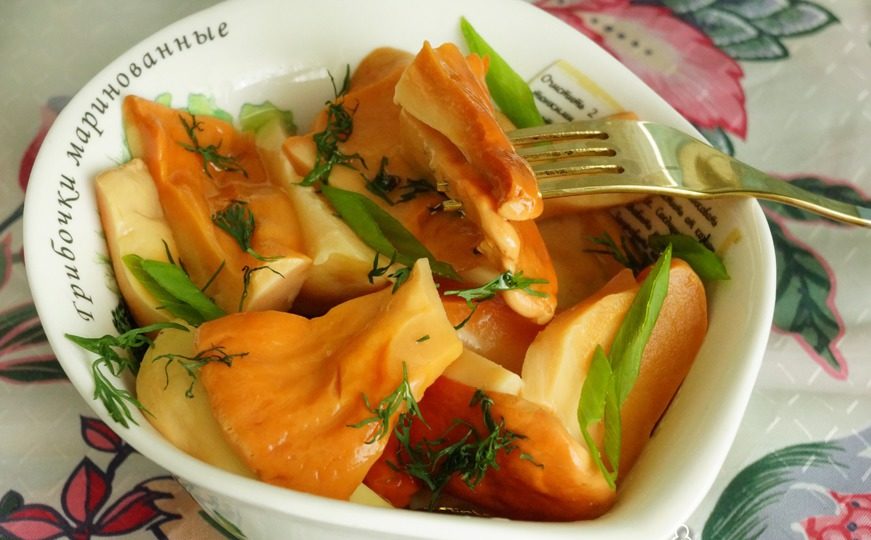
To prepare a tinder fungus with sour cream, it is necessary to prepare onions, sour cream, vegetable oil, dill and pepper. The boiled mushrooms are crushed and fried with onions, after which sour cream is added. The finished dish is sprinkled with dill.
The use of even a young tinder fungus can cause poisoning, so it should be dosed - a small portion in a few tablespoons no more than once a week. Not recommended for children and pregnant women.
Answers to widespread questions
The most common questions about tinder fungus include questions about their edibility, the rules of preparation and treatment:
Tinder fungi are one of the most common types of mushrooms. From many diseases, traditional medicine recommends chaga tinder. Edible subspecies are eaten only young and after careful processing.

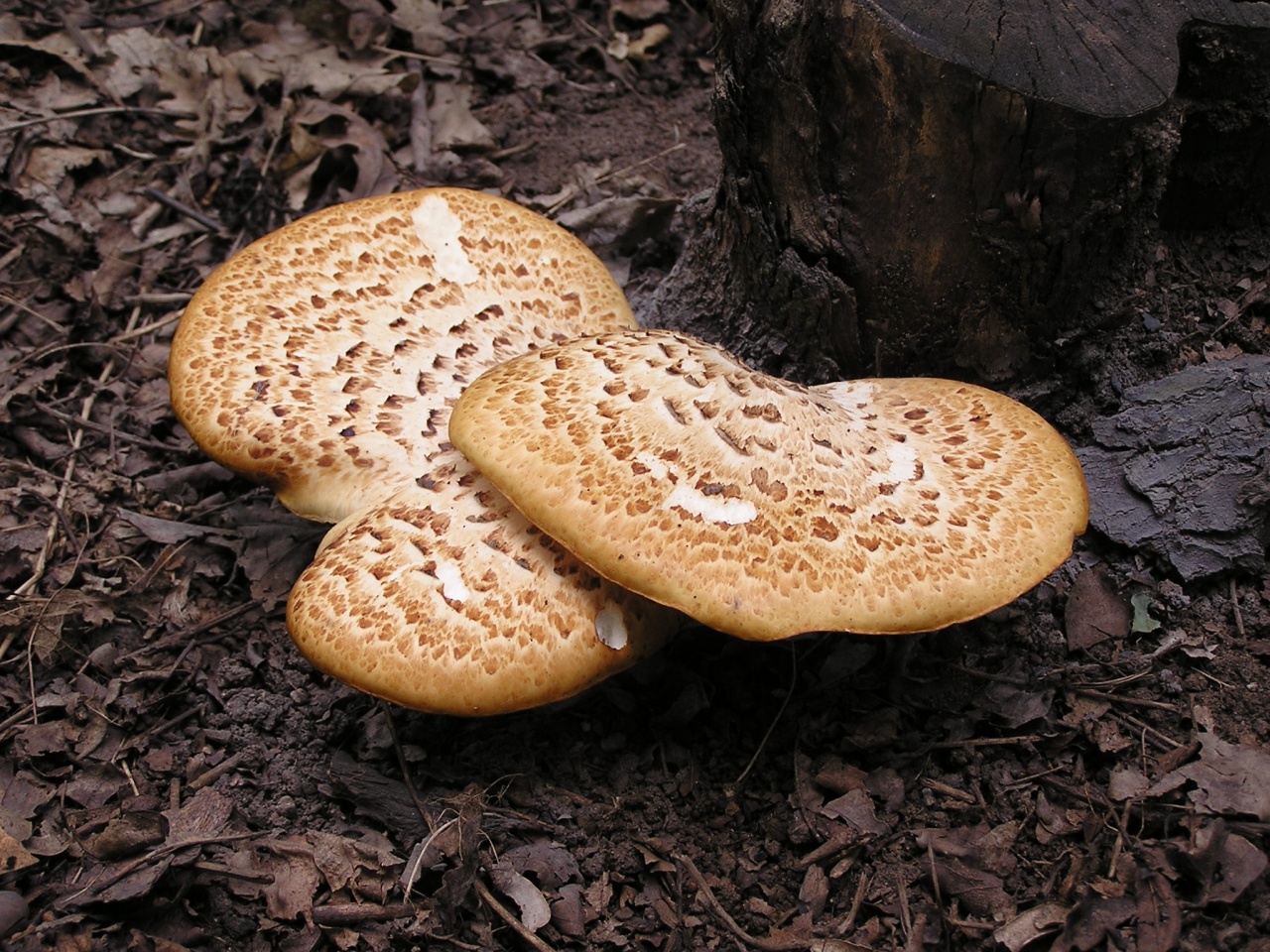
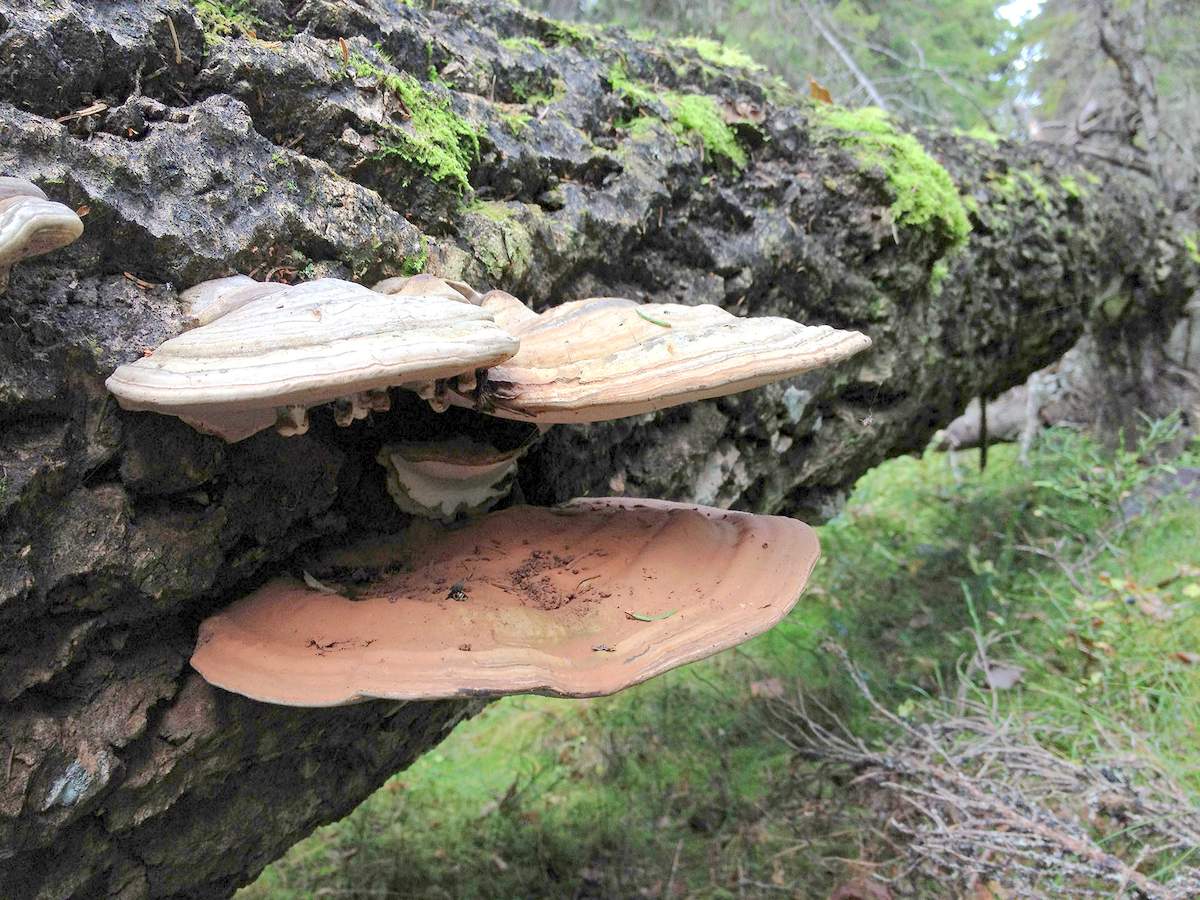
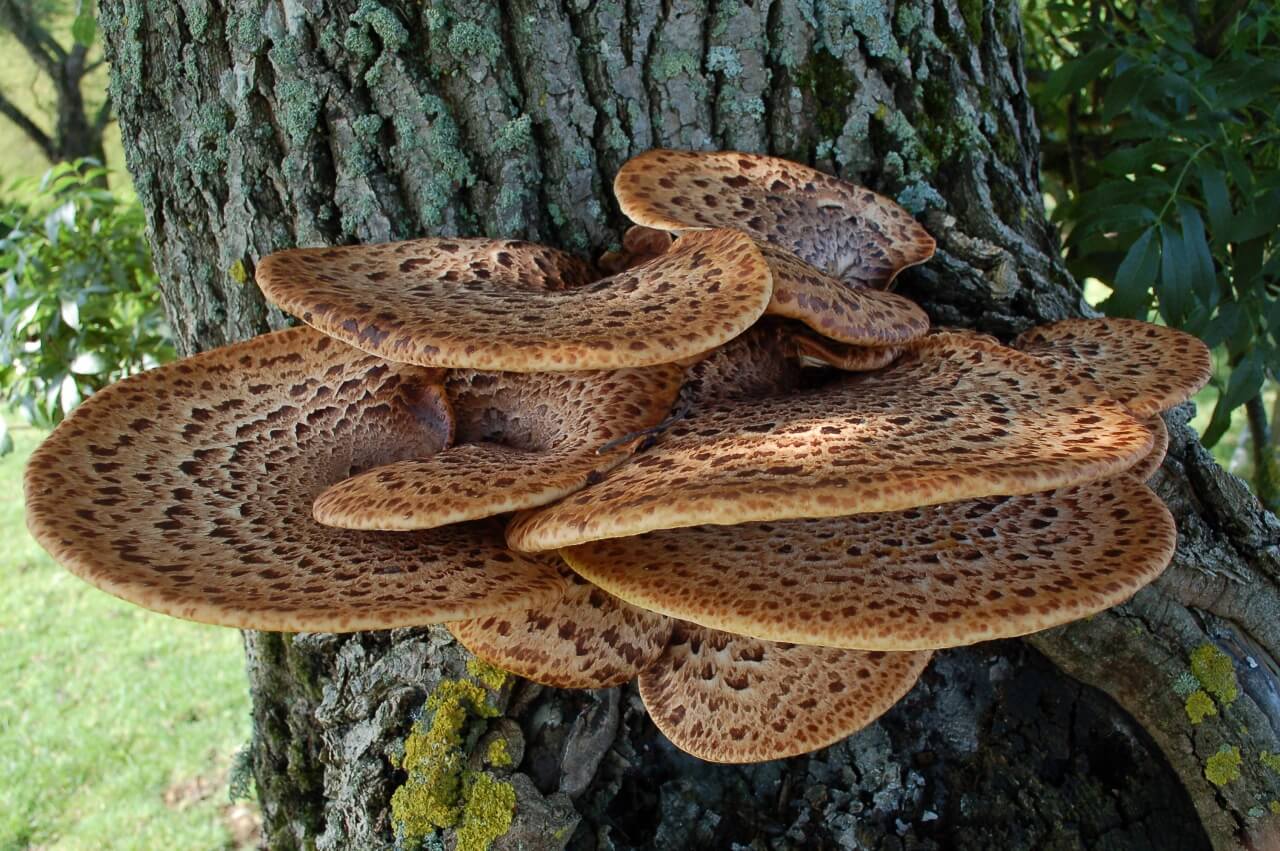
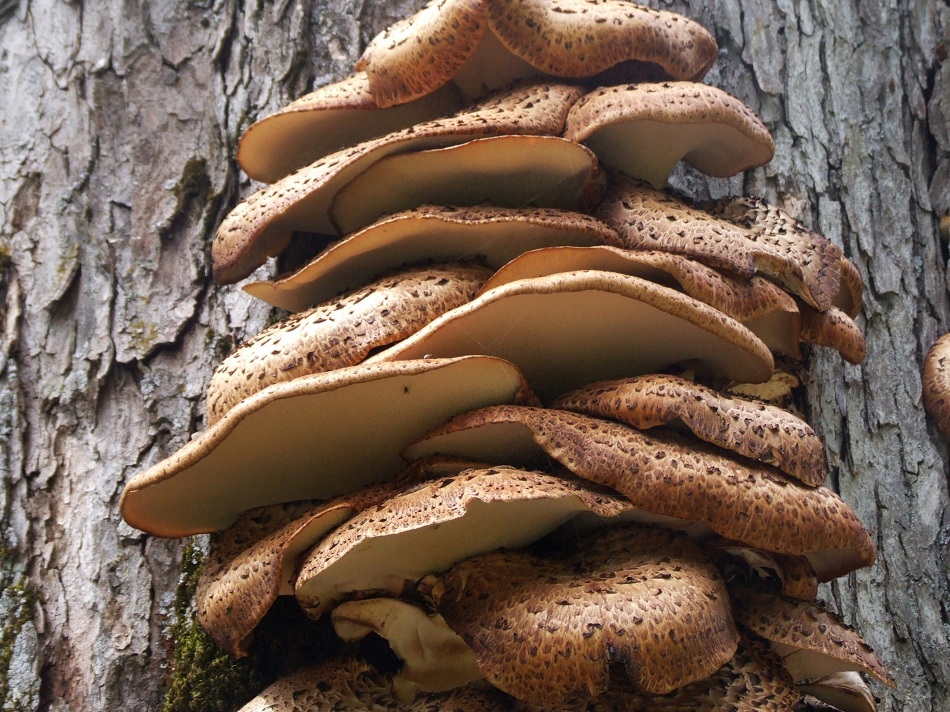
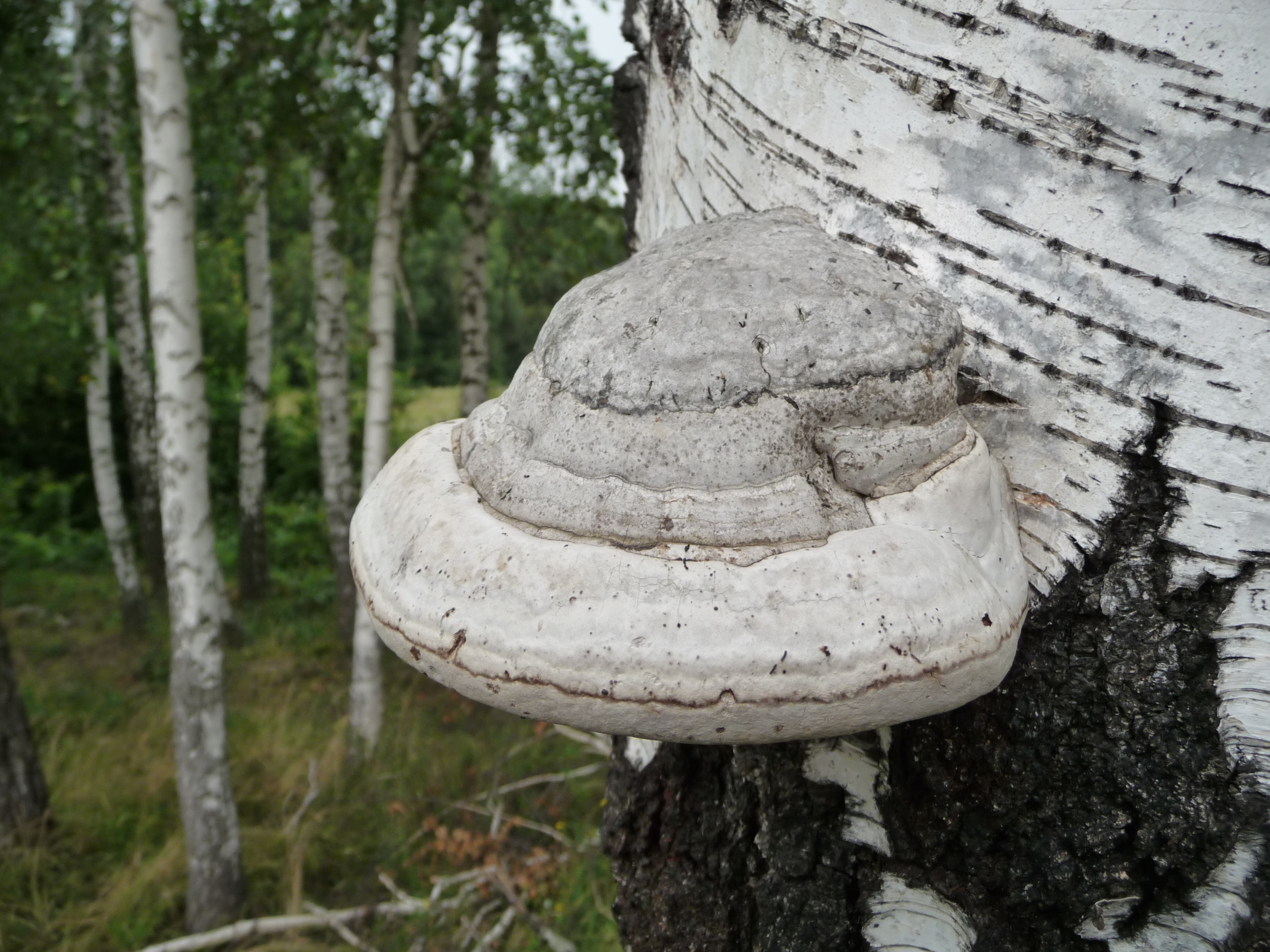
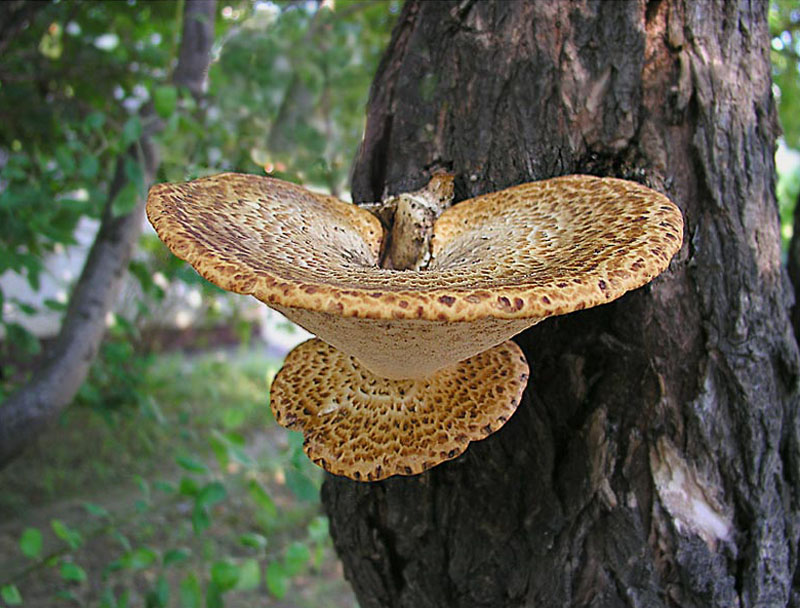
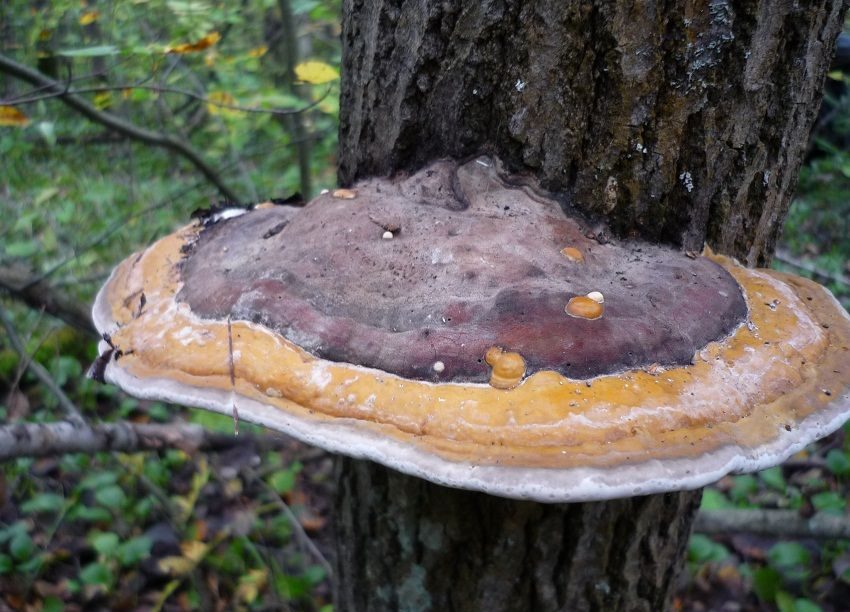
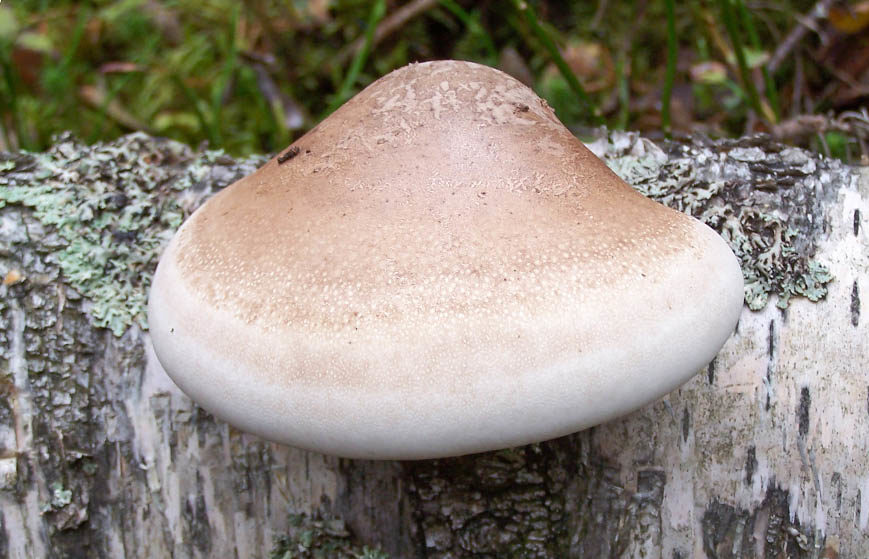
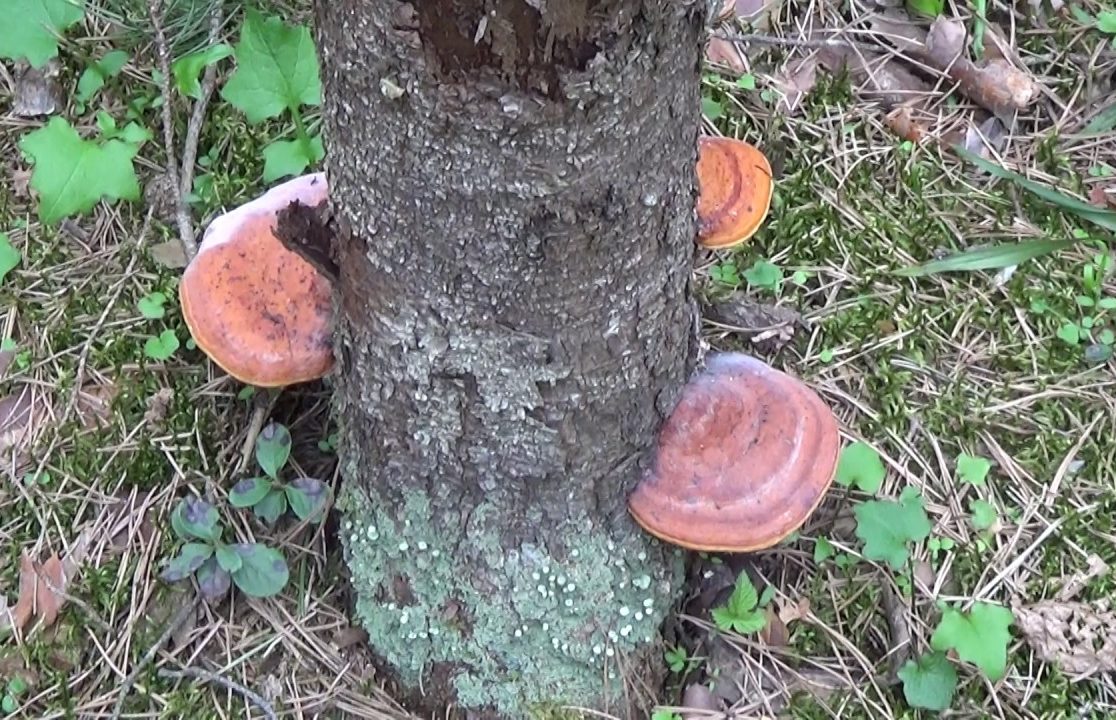
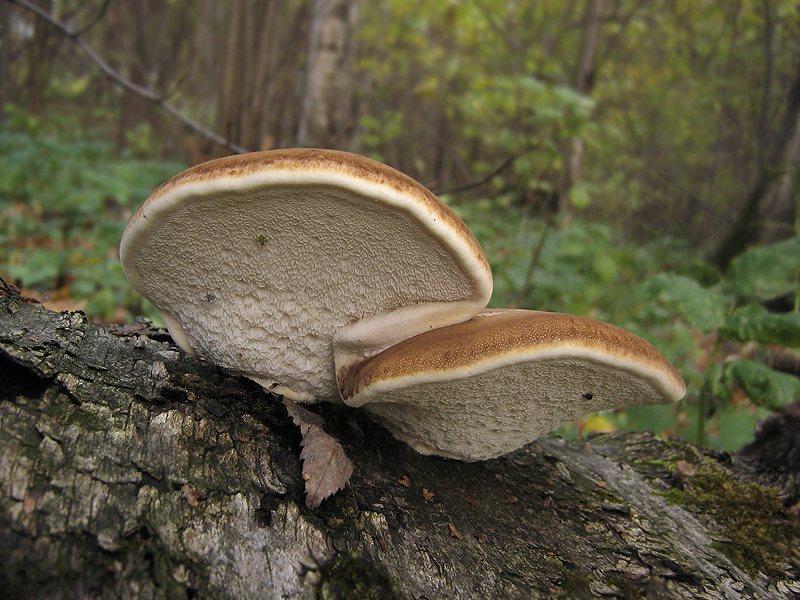
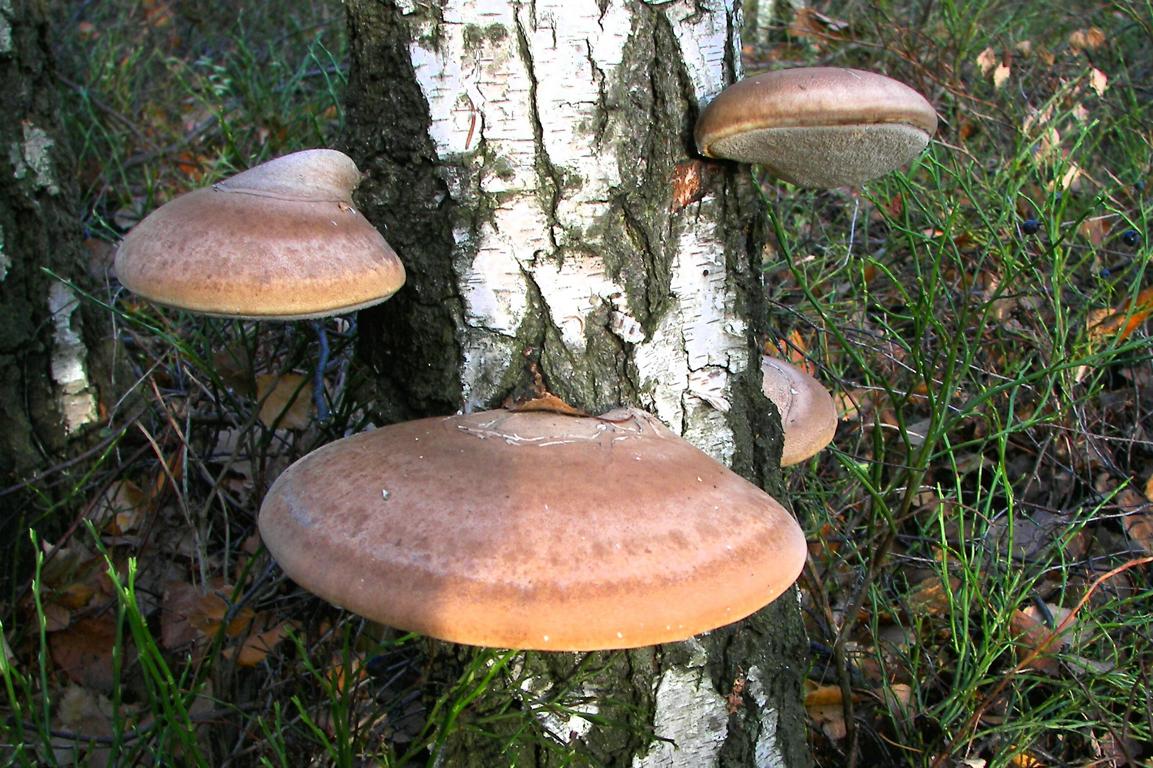
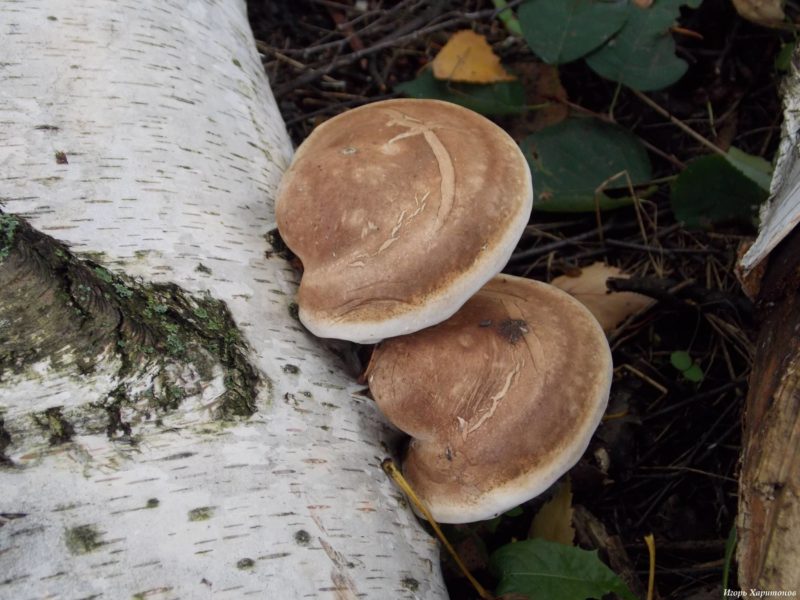
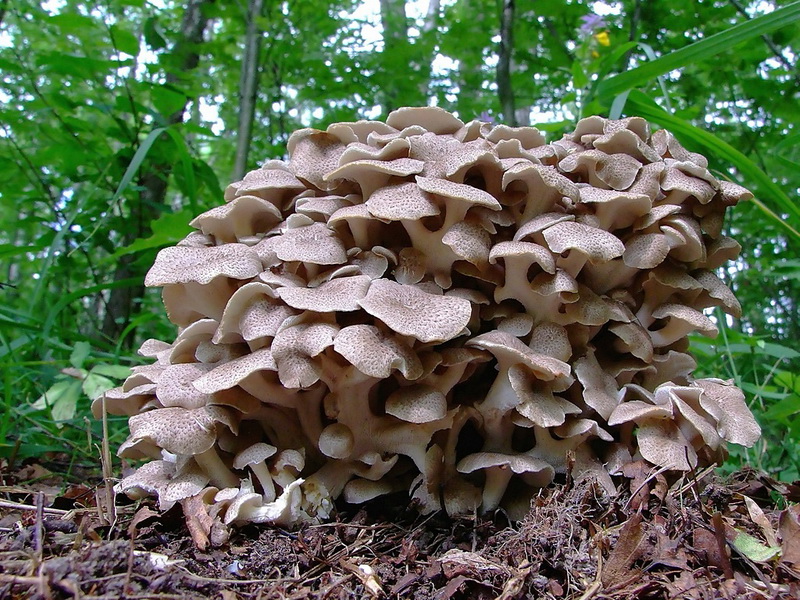
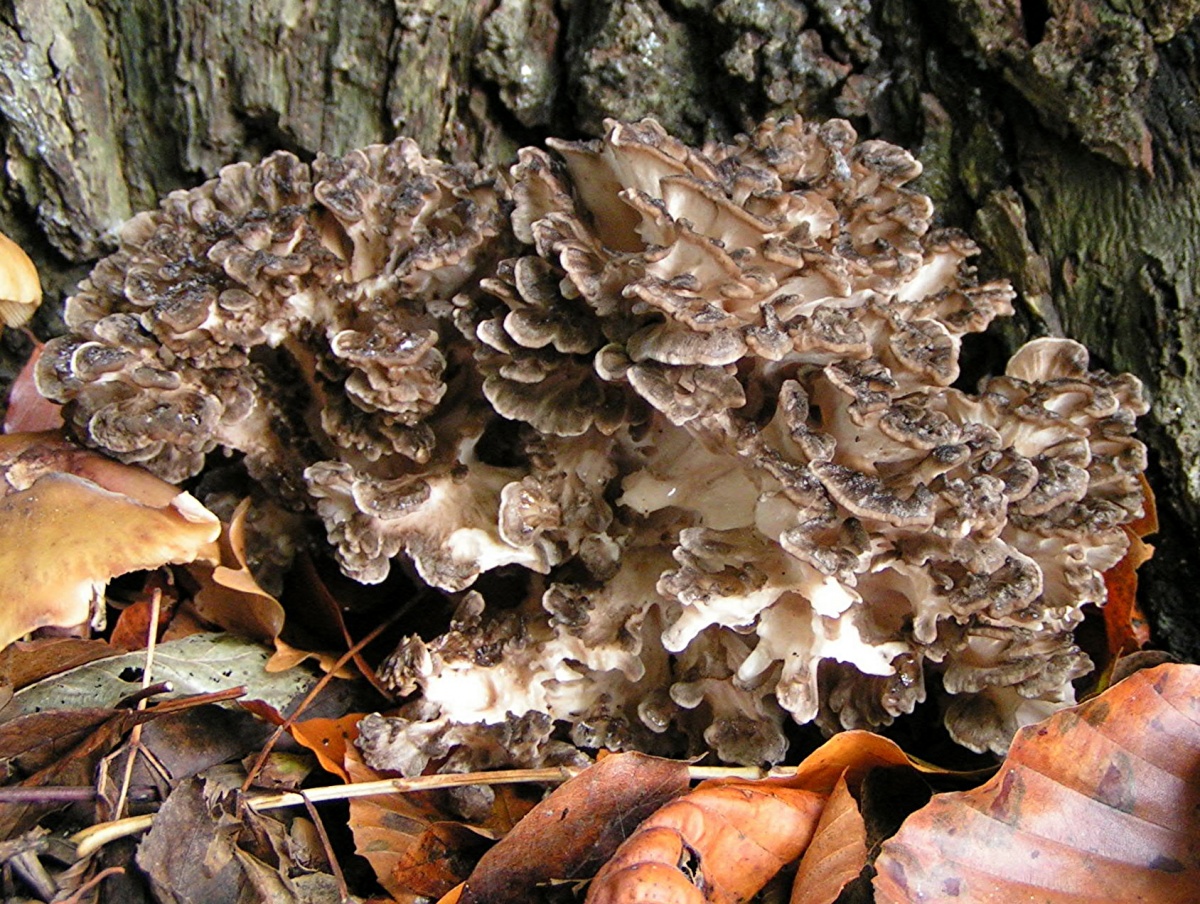
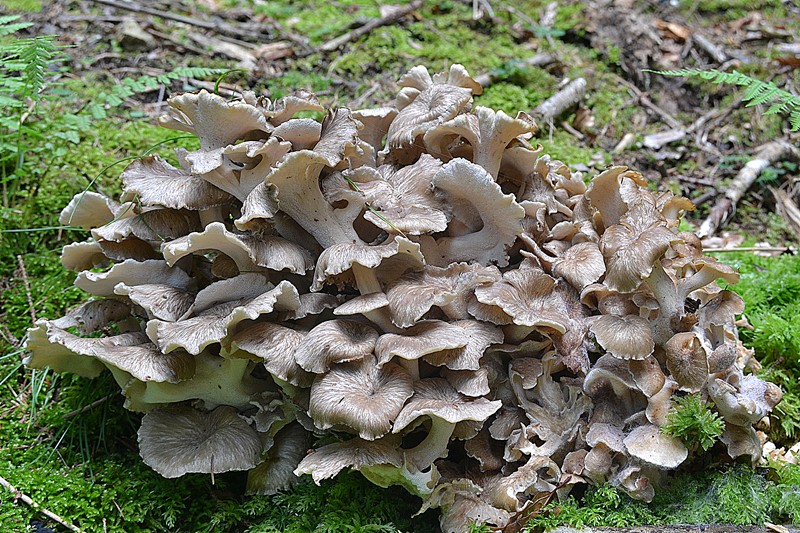
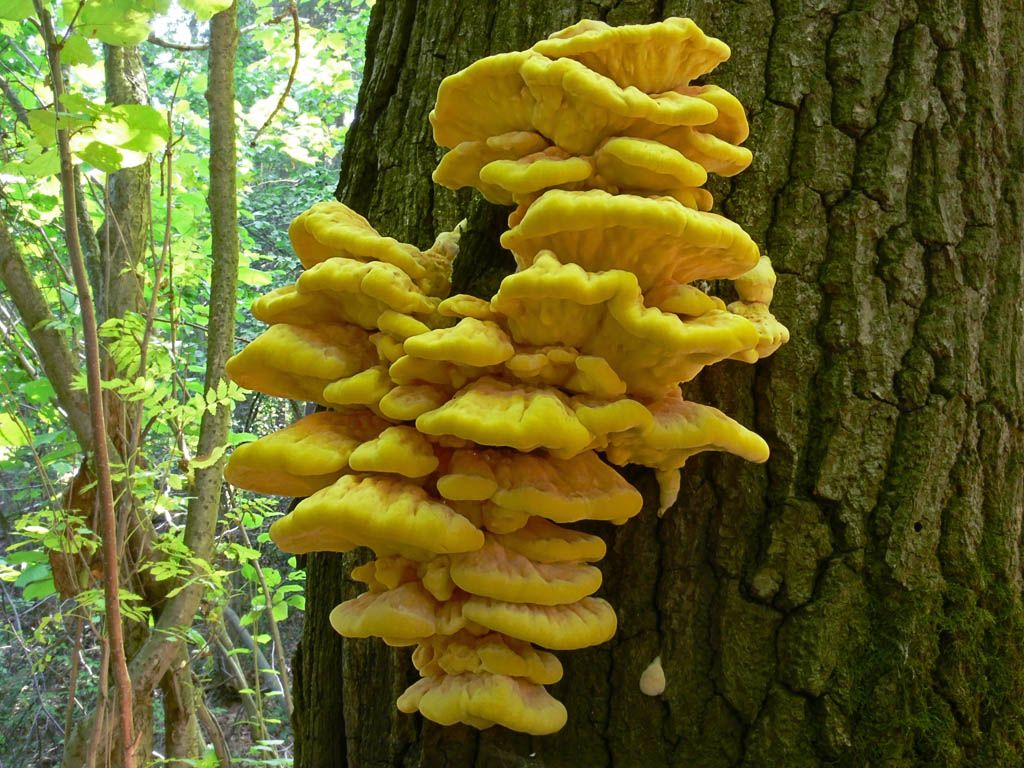
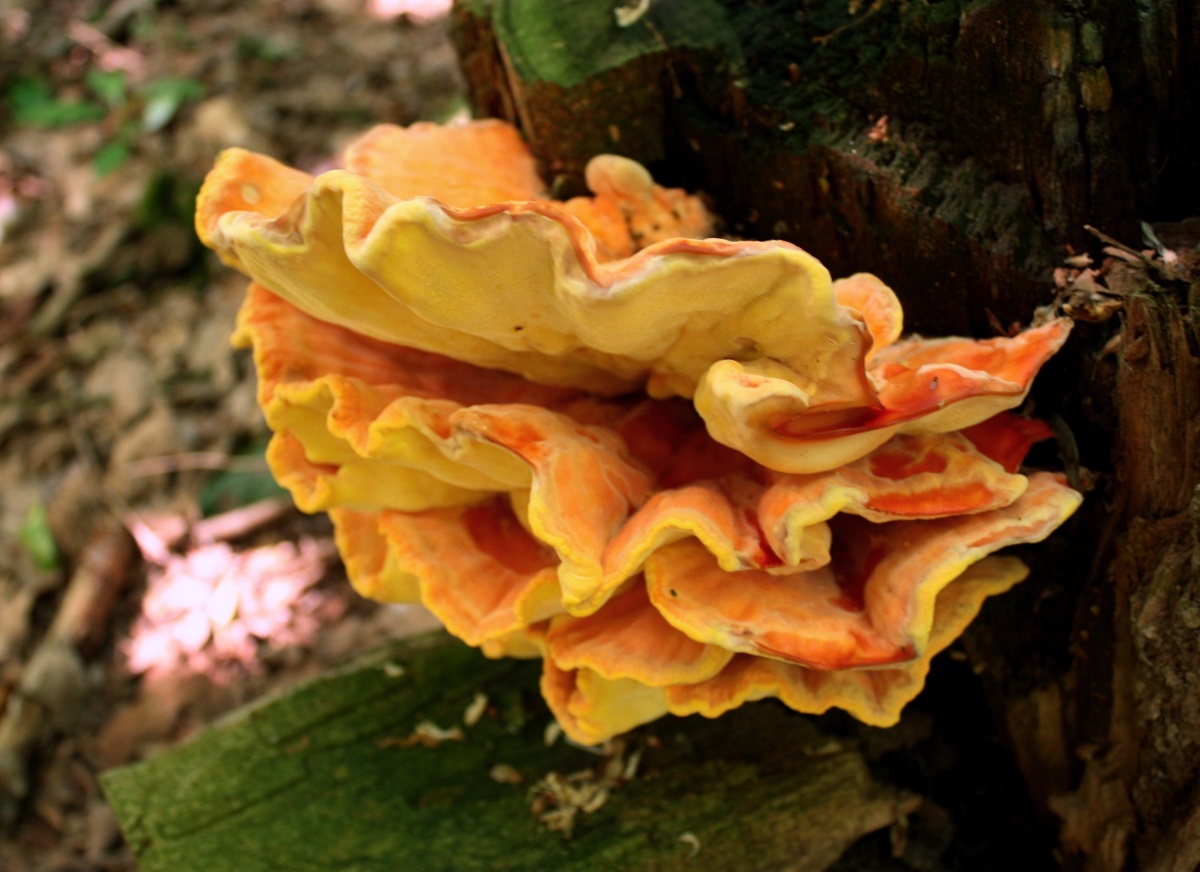
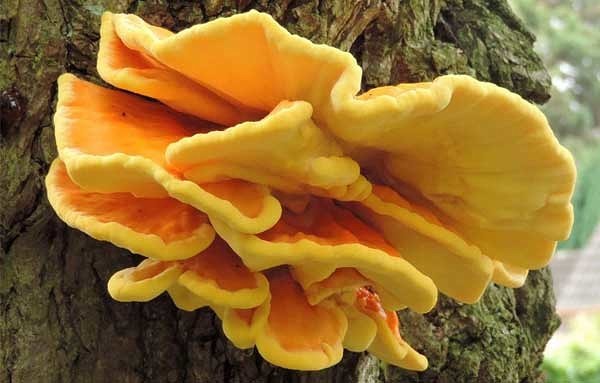



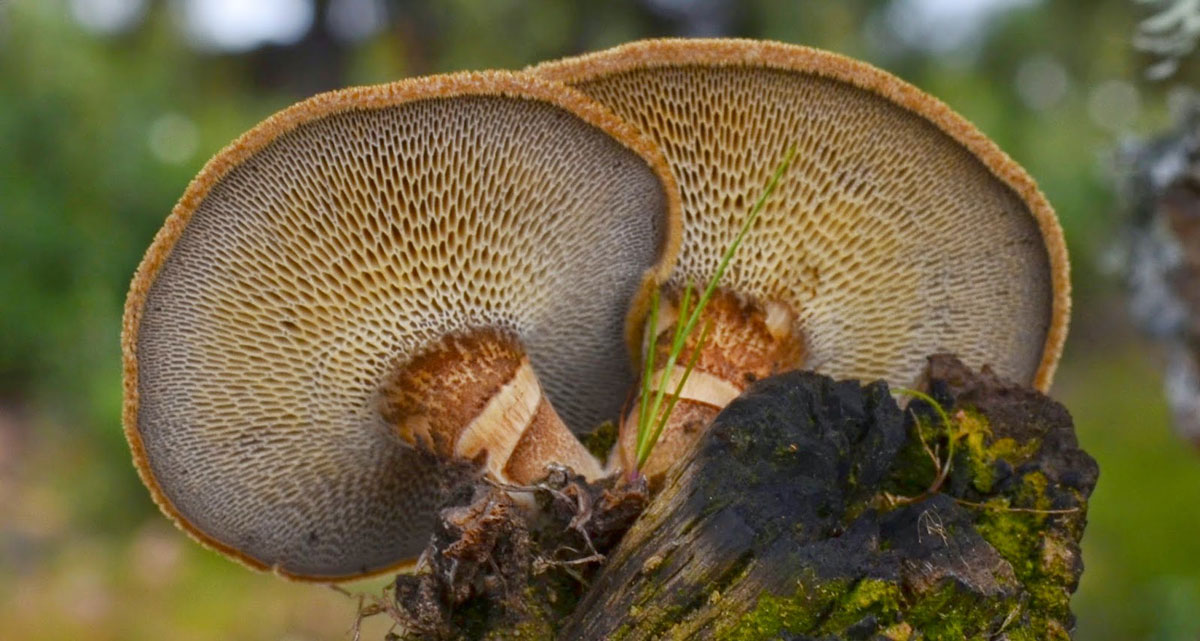
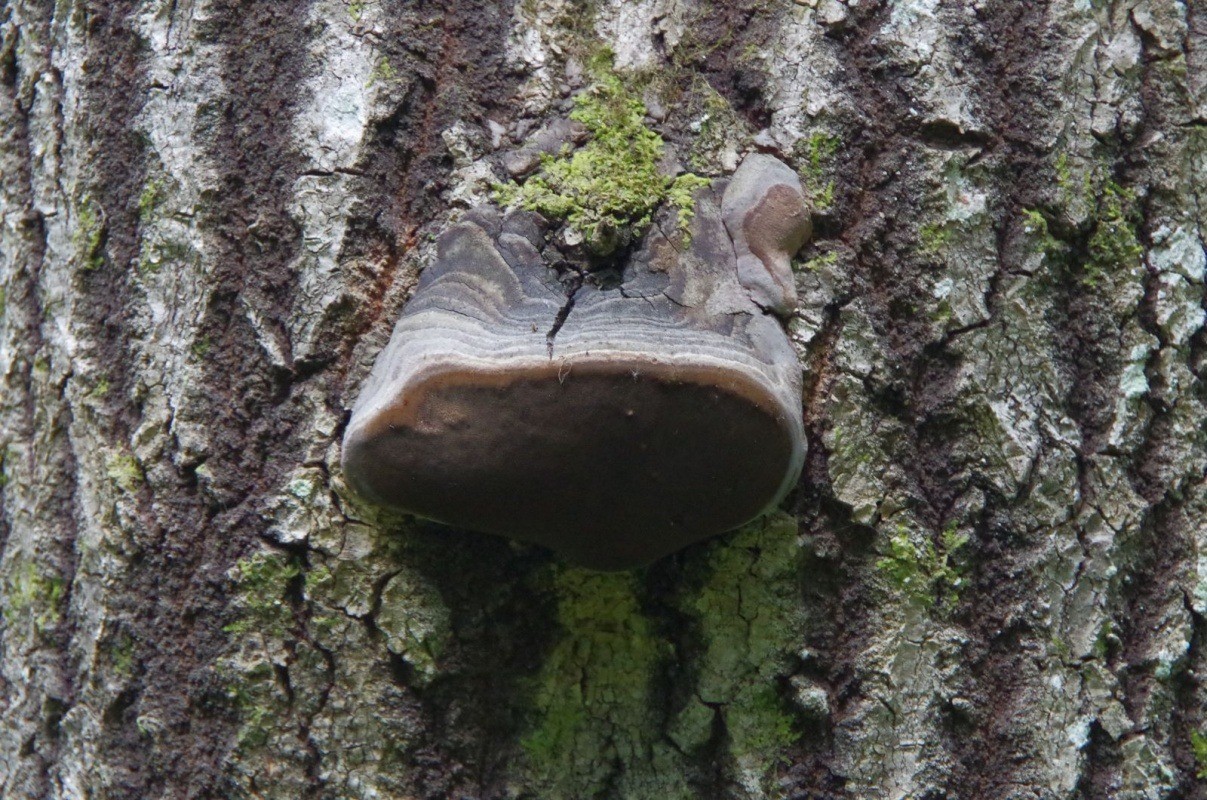
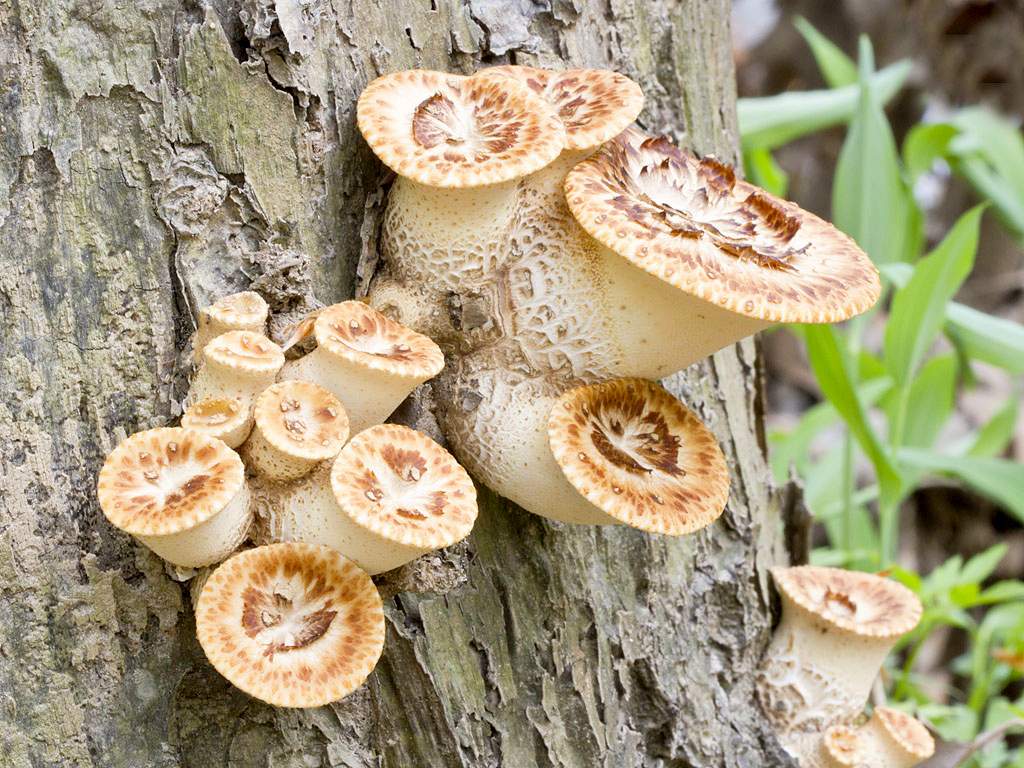
 Care and use of Kombucha at home (+22 photo)
Care and use of Kombucha at home (+22 photo) Edibility of the fungus of the motley umbrella and its description (+19 photo)
Edibility of the fungus of the motley umbrella and its description (+19 photo) Description of edible and inedible oils, their poisonous counterparts (+40 photos)
Description of edible and inedible oils, their poisonous counterparts (+40 photos) Useful properties of milk mushroom and its contraindications (+17 photos)
Useful properties of milk mushroom and its contraindications (+17 photos)